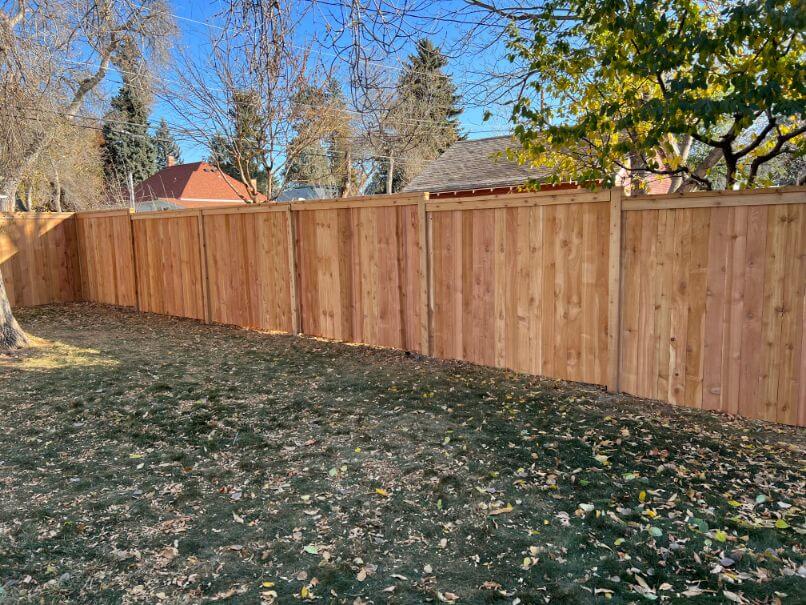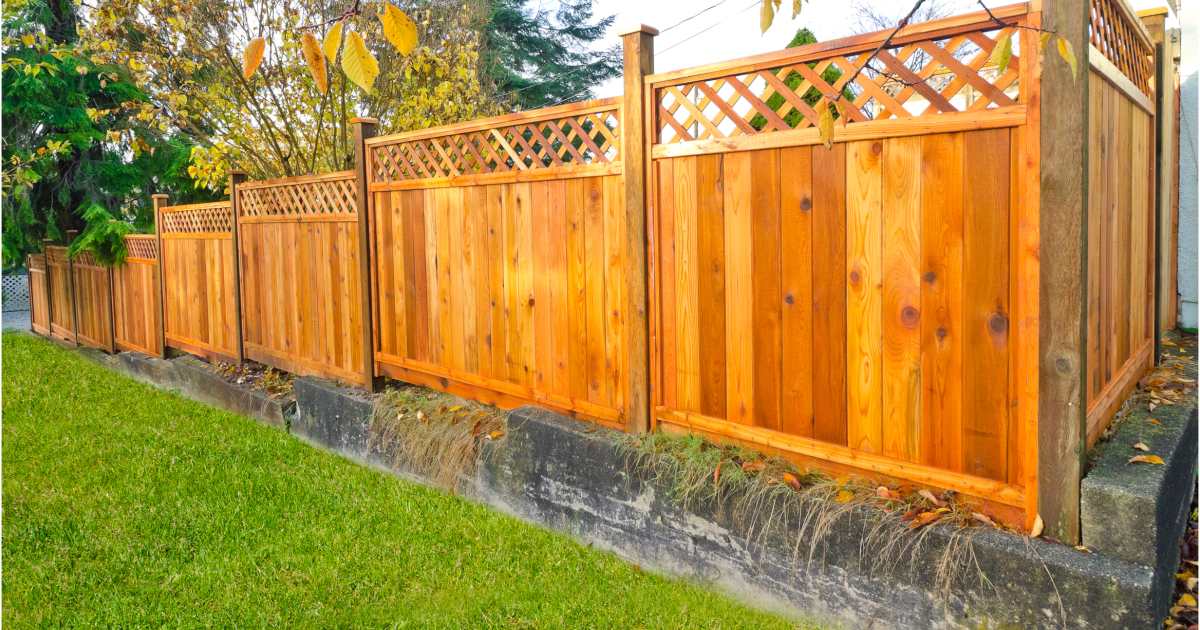All Categories
Featured

As sustainability comes to be an expanding priority for organizations and house owners, the need for environment-friendly structure materials extends to outside rooms, consisting of fencings. Standard fencing materials such as wood, metal, and vinyl can have substantial environmental influences, from deforestation to chemical therapies and plastic waste.
- Bamboo Fence. Bamboo is among one of the most lasting products on the marketplace, and it is significantly used in fencing building as a result of its fast growth and stamina. Unlike hardwood trees, bamboo is a turf that can expand back completely within just a few years, making it very eco-friendly. It's naturally immune to pests and rot, which means it does not call for severe chemicals or treatments, making it an environment-friendly option.

Advantages: Bamboo fencings are long lasting, low-maintenance, and naturally degradable. They are normally resistant to termites and wetness, lowering the need for chemical preservatives. Additionally, bamboo helps in reducing soil disintegration due to its deep root systems. Factors to consider: Bamboo can be a lot more pricey than some typical timber secure fencing choices, and it might not appropriate for areas with extreme cold or freezing temperature levels, as it can become brittle gradually. 2. Recycled Materials Fence. Fence made from recycled products is an amazing means to advertise sustainability. Many manufacturers currently provide fences made from post-consumer plastic, recycled timber, and even repurposed metal. By choosing secure fencing made from recycled products, you reduce the need for brand-new sources and help avoid waste from ending up in land fills. Many composite materials, for instance, are made from recycled plastic bottles, timber scraps, and other products that would certainly or else be thrown out.
Advantages: Recycled product fencings aid save all-natural resources, lower pollution, and lower the environmental impact of the manufacturing process. They can additionally use excellent durability, withstanding degeneration, mold, and termites. Considerations: While recycled product fences are very resilient and environment-friendly, they might not have the exact same all-natural visual that some house owners seek. Nevertheless, producers currently provide layouts that simulate the appearance of timber or rock. 3. Composite Secure fencing. Composite fence is made from a mix of wood fibers and plastic, commonly integrating recycled materials. This combination develops a highly durable, low-maintenance fence that does not require routine paint or staining, making it a sustainable alternative. Composite fencings are immune to rot, pests, and weathering, which means they can last for years without the demand for regular replacements.

Benefits: Compound fences are long-lasting and can stand up to rough climate condition, decreasing the need for repair services or replacements. Because composite products commonly include recycled content, they help in reducing plastic waste. Additionally, they do not call for damaging chemicals or therapies. Factors to consider: Composite fences can have a greater ahead of time expense than conventional timber or vinyl, though their resilience and decreased upkeep costs commonly make them a much more cost-efficient alternative over time. 4. Living Fences. Living fences, additionally called hedgerows, are an environment-friendly and aesthetically pleasing alternative that includes growing thick bushes, trees, or climbing up plants along your home line to develop a natural barrier. Popular plants for living fences consist of boxwood, privet, and holly. These plants can be expanded to supply privacy, windbreaks, and sound decrease while adding to environmental health.
Perks: Living fencings advertise biodiversity, enhance air quality, and absorb co2, making them among the most eco-friendly fence choices. They additionally provide a natural environment for insects and birds and can minimize sound pollution and help control temperatures in your backyard. Considerations: Living fences call for regular upkeep, such as cutting, watering, and in some cases pest control. They additionally take some time to develop and might not offer prompt personal privacy contrasted to strong wood or plastic fencings. 5. Cedar and Redwood Fencing. Cedar and redwood are preferred all-natural timber options for fencings. These products are naturally immune and resilient to rot, parasites, and dampness, which means they usually don't need using unsafe chemical therapies. When sourced from sustainably managed woodlands, cedar and redwood fencings can be an ecologically friendly choice that provides both elegance and durability.
Advantages: These timbers are biodegradable, sustainable, and deal exceptional toughness and all-natural appeal. Cedar and redwood also have a lower environmental impact when harvested properly, making them a green selection for many house owners. Factors to consider: While cedar and redwood fencings have ecological benefits, they do still require periodic maintenance and are a lot more costly than various other timber options. It is essential to guarantee that the timber is sourced from sustainable woodlands to optimize its environmental advantages. 6. Rock and Block Fencing (Recovered) Rock and block fencings are exceptionally durable and low-maintenance, and they can be environment-friendly when made from recovered products. Reclaimed stone and block are typically restored from old structures or building and construction tasks, lowering waste and saving all-natural resources. These products provide a timeless look and are extremely resistant to weathering, making them a lasting remedy for fencing.
Benefits: Redeemed rock and block are durable, cosmetically pleasing, and call for very little maintenance. By repurposing these products, you help in reducing the demand for new resources and decrease waste in land fills. Considerations: The setup of stone and block fencings can be labor-intensive and extra expensive contrasted to other products, however their longevity and low upkeep needs can make them cost-effective in the lengthy run. Final thought. Environment-friendly fence options are not just helpful for the environment yet additionally supply longevity, reduced upkeep, and visual appeal. Whether you select bamboo, recycled materials, composite secure fencing, living fencings, or lasting timber like cedar and redwood, there are numerous means to reduce your environmental impact while boosting your building's look. By selecting these eco-conscious products, you can add to a much healthier earth and create an outside space that shows your worths.
Latest Posts
Preventative Maintenance at Montclare Auto Repair: Protect Your Vehicle Operating Like New
Published Apr 20, 25
2 min read
Siding Solutions for a Stunning, Energy-Smart Home
Published Apr 20, 25
1 min read
Improved Quality, Driven by Service
Published Apr 19, 25
1 min read